PEARLS AND PITFALLS IN TREATING ATHLETES WITH CORE MUSCLE INJURIES

FEATURE / ALEXANDER POOR MD, JAMES P VILLAMERE MD & WILLIAM C MEYERS MD
Several decades ago, athletic trainers and physiotherapists opened our eyes to the existence of core muscle injuries (1). We
owe a huge debt of gratitude to those practitioners who work alongside athletes, whose keen observations made the case for a comprehensive approach to lower abdominal and groin injuries. Our understanding has come a long way. Recently, we have been consulting with more athletes than ever who have not done well with various interventional treatments. That has caused us some frustration. We write this article with the goal of creating more discussion on the anatomy of these problems and the clinical care of these patients.
Viacom mogul Sumner Redstone said: “Successisnotbuiltonsuccess. It’s built
on failure, It’s built on frustration” (2). As surgeons who specialize in the treatment and prevention of lower abdominal and groin injuries, we have been seeing failures: to appreciate the anatomy of different injuries, to know when to operate and when not to operate, and to use the right techniques when one does operate. Frustrated, we want people to know that much more is already understood about the core. It is long past time for us all to recognize “the core” as a real part of the anatomy – like the knee, shoulder, elbow or ankle. The core (Figure 1) is so important. It is what connects the top to the bottom. Understand those connections. The core connects all those other joints to the rest of the body. Failure to understand this anatomy perpetuates “the same ole” confusions among athletes, medical staff, agents, and team managers. Over half the athletes on whom we operate now have had previous surgical attempts at correcting their problems.
